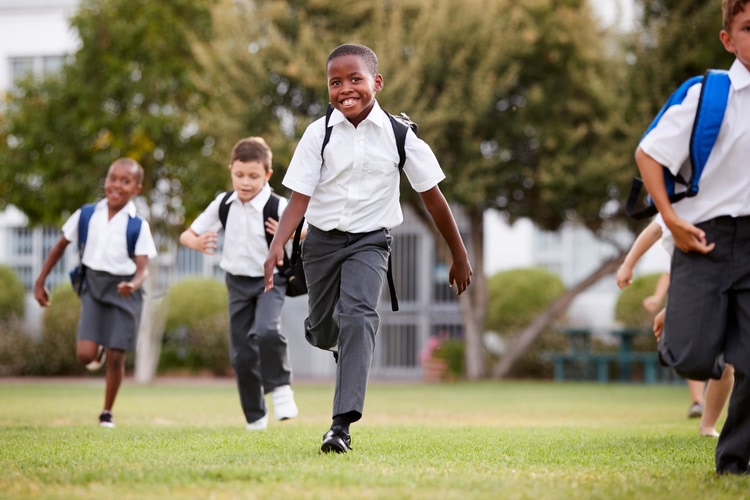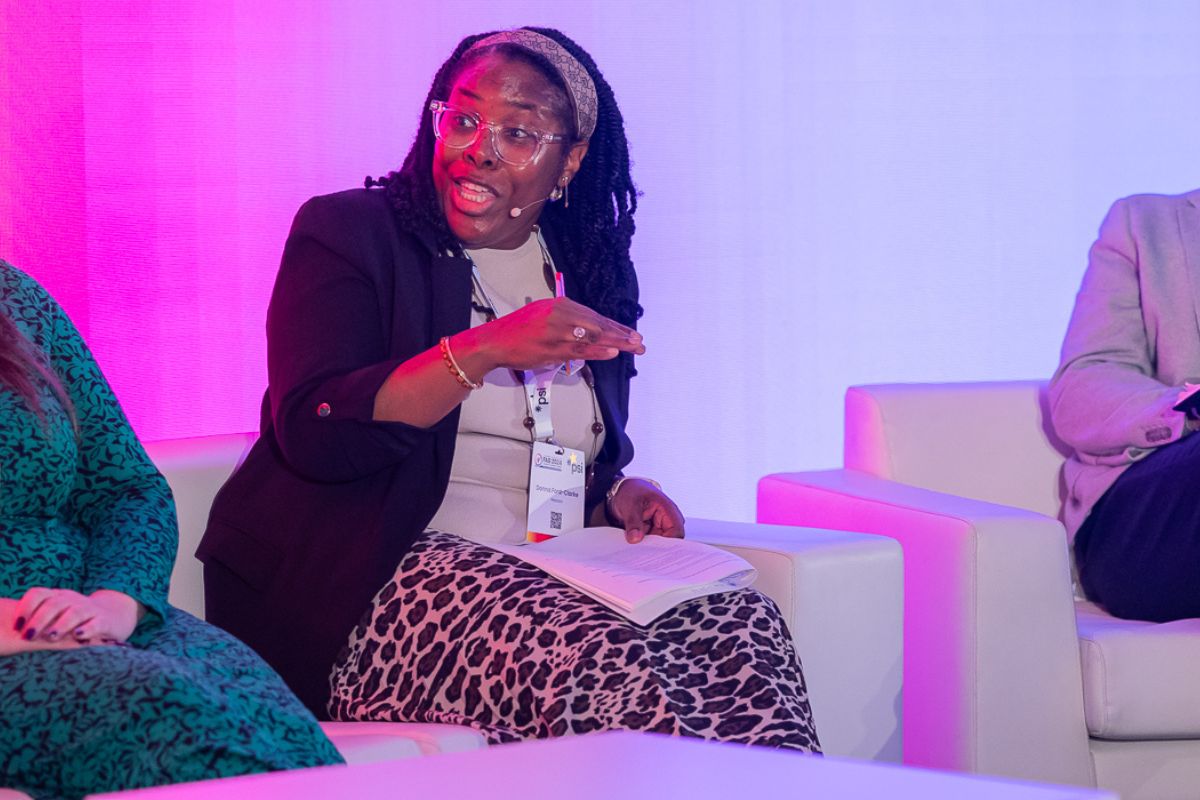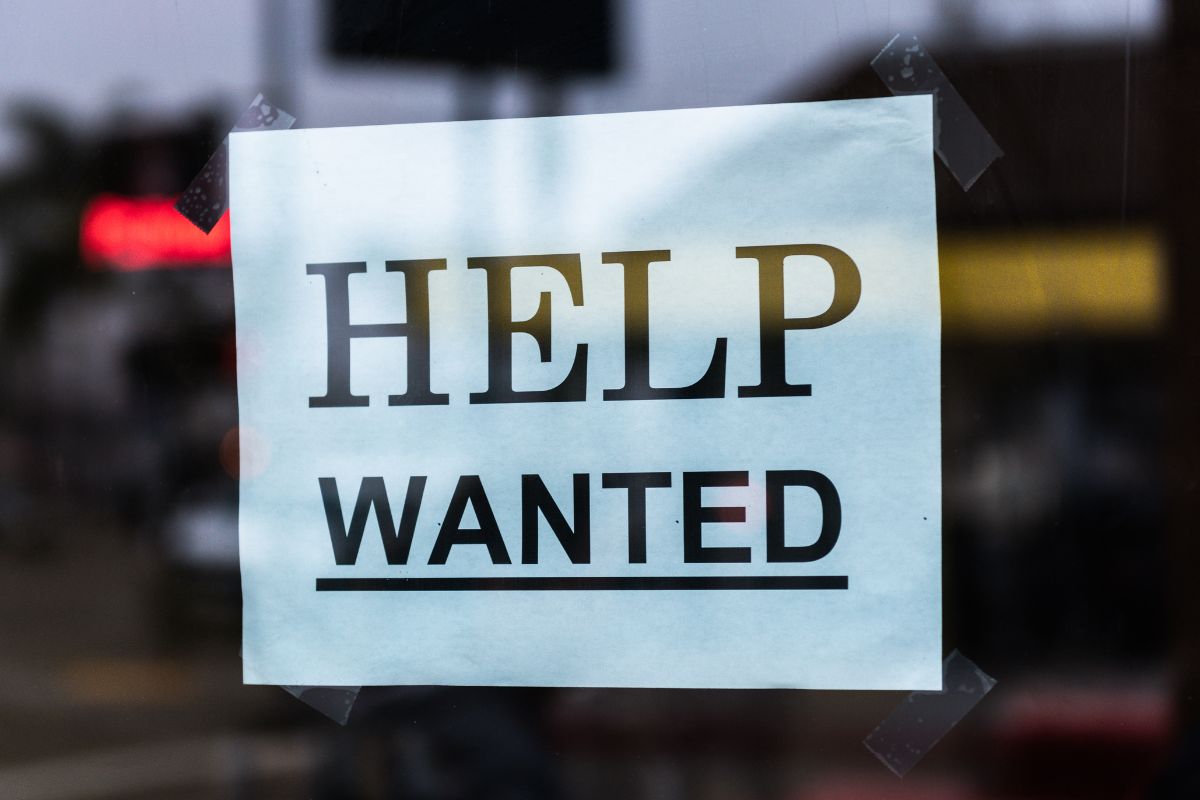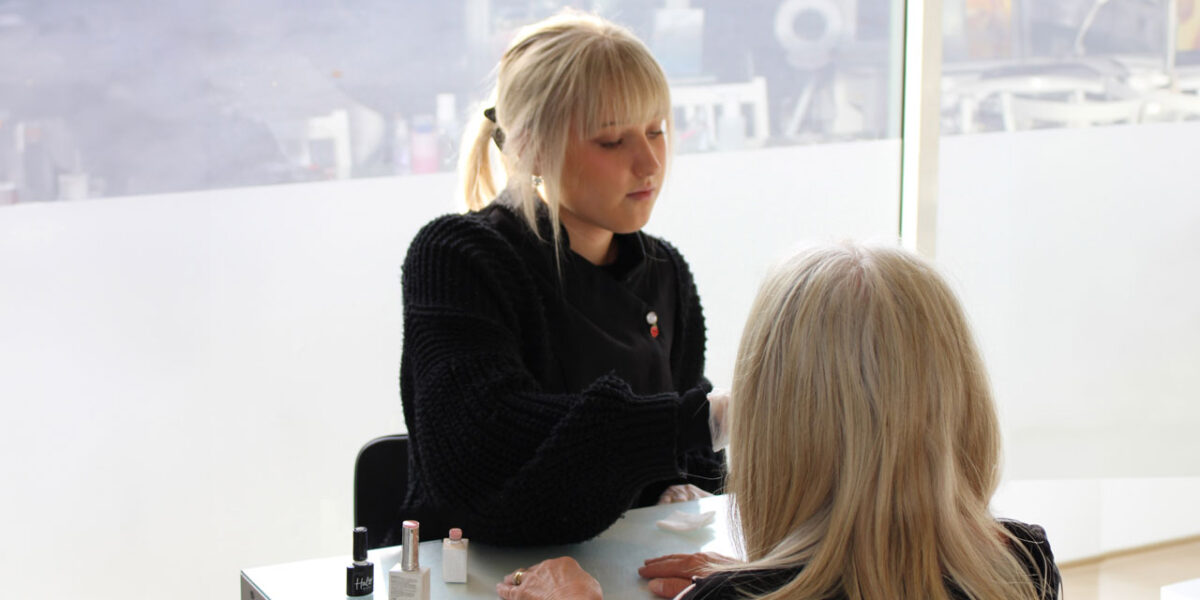New survey: families lack digital tools for home learning and worry more about costs

- More than a third of low-income families are missing essential digital resources for future home learning
- Parents had to make ‘impossible choices’ to decide who got access to digital devices and bandwidth while schools were closed
- Concern about money is higher than last year among poorer families
- 90% of low-income families spent more on bills with children at home in lockdown
- Families prefer cash to vouchers to replace free school meals
- Schools have helped to plug gaps but lack of digital resources and financial worries impacted home learning
- Increasing school-related costs have contributed to financial pressures on families
Governments, local authorities and schools must make a concerted joint effort to equip families for future home learning by fully addressing their digital needs, a survey of families in the last lockdown suggests.
The survey of 1,570 parents and 785 children by Child Poverty Action Group and Children North East found 35% of low-income families didn’t have the home learning equipment they needed in the last lockdown. Most commonly, they lacked devices such as a laptop or a tablet. A quarter of pupils on free school meals said they had to share a device with other family members.
Parents described facing impossible choices around home learning because of scarce resources, higher bills, inadequate space and juggling schooling with their work. This ‘permanent battle’ caused stress and guilt for parents and often left less time to focus on learning. The lack of digital tools made it more challenging for pupils to participate in learning from home as they struggled to access online lessons and materials (see quotes from parents and children below).
Child Poverty Action Group and Children North East warn that local lockdowns, contact tracing and household isolation mean some pupils will inevitably have to learn from home in the coming months, and should be properly equipped to do so.
Low-income parents reported being more concerned about money than last spring, and the vast majority (90%) had spent more on bills with children at home. Many had faced higher return-to-schools costs in September compared to the previous year, and had spent more on uniforms, extra clothing for outdoor learning, stationery, face masks and hand gel.
Where schools had reduced costs – for example by relaxing uniform policies or lending digital devices – parents said it had made a positive difference.
The survey showed that free school meals were valued by families who receive them as they helped them make ends meet, both in normal times and through replacement options when schools were closed. Cash payments directly into parents’ bank accounts were the most favoured replacement option, with 75% of families receiving direct payments saying this was working well or very well for them; this compared to just 40% who said other methods like vouchers and food deliveries were working well. Many low-income families who were not eligible for free school meals said they would have benefited greatly from the extra help.
Based on these findings, CPAG and Children North East want to see:
- a concerted effort to ensure pupils have the learning tools they need at home,
- reductions in the cost of the school day,
- a review of the free school meals eligibility threshold to include more families
- greater financial support to families to help them recover from the crisis (by improving the social security system)
- support to families to be made through cash payments
Alison Garnham, Chief Executive of Child Poverty Action Group, said:
“School disruptions have had a big impact on family life, from finances to learning. The digital divide was exacerbated during school closures, but it didn’t start with lockdown and it won’t go away with pupils back in the classroom. We must bridge the gaps in resources so pupils can fully access their education – whether at school or at home.
We have seen some great examples of schools working alongside families to make learning during lockdown easier. However, the pandemic has hit hard and low-income families need far more financial support from government itself. By providing that support and reducing the cost of the school day, all children can have a chance at fulfilling their potential in life.”
Luke Bramhall, Poverty Proofing and Participation Service Manager at Children North East, said:
“The findings from the Cost of Learning in Lockdown report have been invaluable for us and for schools across the country in shaping their response to the latest lockdown and the pandemic as a whole. It is sadly no surprise that children caught in the grip of poverty are drowning as they continue to suffer from the digital and resources divide which has been highlighted by the Covid-19 crisis. We encourage schools to take these findings and consider how they can inform the great work they are doing to support the most vulnerable children in our society.”
Parents, carers, children and young people responding to the survey said:
Digital resources:
“It’s making it difficult to access videos just using my mobile…My mobile is cracked and starts hurting your fingers after a while. It just makes me feel we can’t access what others are” (Mum of one child, Wales)
“I have had to spend extra on stationery, crafting equipment, learning books etc. We have been using my phone as a means of online learning which isn’t ideal…[we’re] unable to join in with interactive activities” (Mum of one child, England)
“No laptop and no printer. Broadband speed is terrible.” (Young man aged 15, Scotland)
“[We haven’t got] enough technology – the children are sharing devices. They are under additional stress that their work is late as they are having to share devices, and are working during evenings and weekends.” (Mum of three children, Wales)
“My daughter who’s at high school only has a phone to access her work. She suffers from migraine so this has a big impact in her learning. I was contacted by her school last week and they are trying to get her a laptop.” (Mum of two children, Scotland)
Higher costs:
”You’d think being at home you would spend less but I think it’s because we’re all at home all the time, shopping bill has gone absolutely through the roof […] and we are constantly heating the house.” (Mum of four, Scotland)
“As I work and not in receipt of benefits I am entitled to nothing, my fuel bills are through the roof as well as other additional costs.” (Lone parent with one child, Scotland
Free school meals replacements:
“Need to use public transport exposing myself to the virus and I’m high risk. [Cash] means I can order shopping locally and have it delivered.” (Mum of one child, Scotland, receiving direct payments as free school meals replacement)
“It’s a dignity thing for me as well. Just because I’m entitled to a little extra help doesn’t mean I should be shamed which is what vouchers etc do as families are embarrassed to use them…” (Mum of four children, Scotland)
Priorities for return to school:
“The focus should be on wellbeing, on making sure they’re alright and on settling them back into routines. And obviously keeping them safe.” (Mum of three, Wales)
“Seeing friends made life a lot easier, because there was someone to talk to during lessons or ask simple questions without involving the teacher.” (Young woman aged 15, Scotland, on the return to school in Autumn 2020)
Young people online:
“[My teacher] made a chat in teams called chat to your friends so we could talk to each other” (Boy aged 12, Scotland)
“I feel like I’m falling behind and get really stressed out by online schooling so it affects my mental health” (Young woman aged 14, Scotland)











Responses